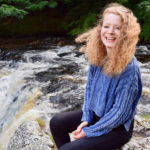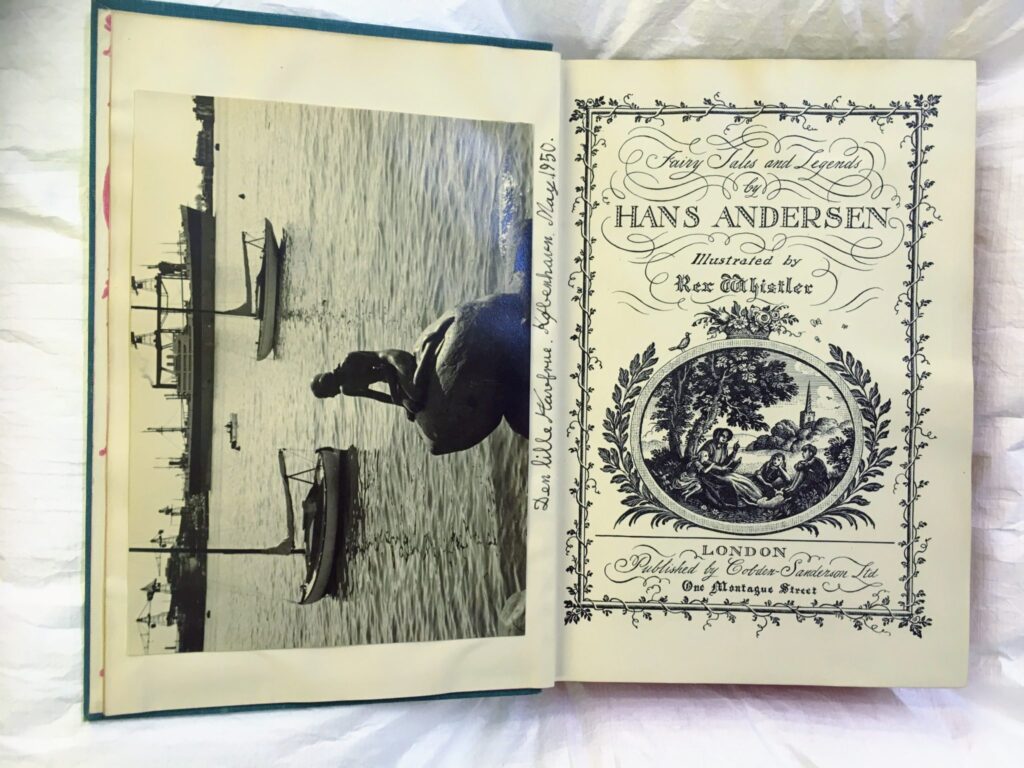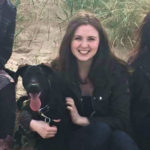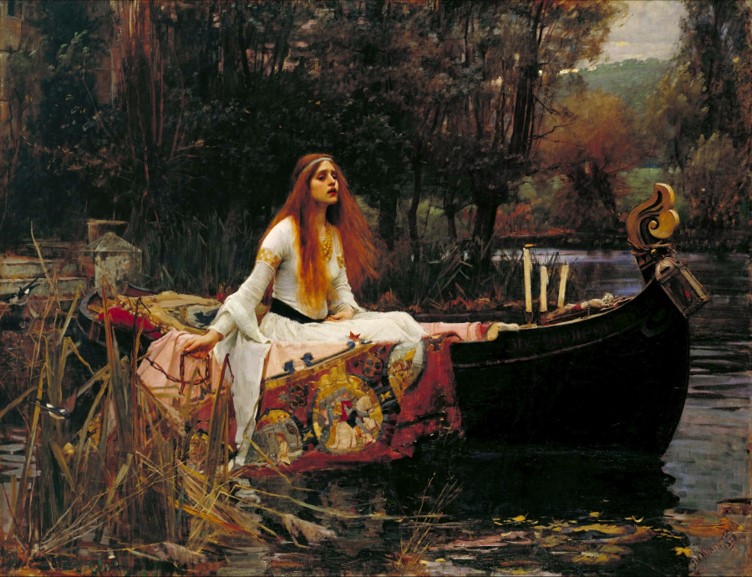This week our new team members will introduce themselves! They have written a little bit about why they joined the SELCIE team.
Jane Bonsall

In her blog post on the 5th of October, titled “Theorising Scottish Children’s and Young Adult Literature,” Fiona McCulloch mentions the academic push-back against the treatment of children’s literature as a ‘serious academic pursuit.’ After all, according to popular opinion, children’s literature is simpler, more concerned with pleasure, and therefore less substantive than other literary forms, and correspondingly considered less worthy of academic focus. In its concern with imagination and magic, children’s literature may be seen as disconnected from reality (rather than merely exploring it from another angle), and in a moment when the perceived value of a program is based on impact, that is a particularly damning indictment.
These are the perspectives that I had internalised throughout my secondary and university education. The literature that I most loved, that brought me the greatest satisfaction and enjoyment, was not a respectable topic for rigorous academic study. I found a few courses in my undergraduate university that included the study of fairy tales, or children’s literature, but I viewed those classes as pleasant diversions from the real study of more ‘serious’ material. This perspective was reinforced by my peers, whose teasing about some of my course choices (though mixed with some envy, perhaps) stung enough to further convince me that children’s literature was just that – literature meant only for children.
It took years, a dose of self-confidence, and a move to a new country before I was fully able to shake that insecurity. In the meantime, I gravitated toward medieval romance which appealed to me in the same ways children’s literature always had, but by virtue of being written in another language and dating back six hundred years, had an aura of seriousness, of respectability, that more contemporary fairytales did not. In medieval studies I found the delight and passion and brilliant, generous peers that I had sought in other English literature programs, and unexpectedly, also a way back to children’s and young adult literature, in the person of Dr. Sarah Dunnigan. I first met Sarah through medieval studies, when taking her class ‘Falling in Love in the Middle Ages,’ but she subsequently introduced me to the ways that the study of children’s literature could be not only joyful, but also rigorous, serious, and with real academic merit. In both formal academic settings – in classes and children’s lit conferences – and informal settings, Sarah demonstrated that engaging with children’s literature was a valuable academic tool, and a way of understanding society and ourselves. Sarah helped me truly appreciate the many ways that texts ranging from Andersen’s tales to Barrie’s plays to contemporary fairytales could be not only enjoyable, but a window on the world, rather than an escape from it.
Joining SELCIE is an opportunity to peek through that window a little more often, to peer into the archives of childhoods past (both my own and of others) and reconnect with the sorts of wonder and joy that such literature has always inspired in me. It is also, at the same time, an opportunity to think critically about the value of the stories we tell to children, and how often that academic world ignores that value.
Elly Grayson

I learned about SELCIE through the inimitable and ever-enthusiastic Sarah Dunnigan. I’ve been so awed by the discoveries of the team so far; for book-lovers, the story behind SELCIE and the Museum’s archives is like a fairy tale all on its own!
Just before I joined the team, I visited SELCIE’s exhibition Growing Up With Books at the Museum of Childhood, and was in my element. Aside from all the childhood favourites I recognised – like Grimm’s Fairy Tales and Barbar at Home by Jean du Bruhnoff – I also got to peek into the lives of the original owners of these books. One of my favourites in the exhibition is a copy of Hans Christian Andersen’s Fairy Tales and Legends.[1] Apart from being a beautiful edition with fabulous illustrations by Rex Whistler, the book’s materiality is so tangible. There’s the lovely hand-written inscription from the Auntie of the book’s owner, David, on the event of his 5th birthday; the fragments from newspapers about HCA c.1950; David even pasted in postcards, including of the statue of the Little Mermaid from his visit to Copenhagen!

This speaks volumes (pardon the pun) about the richness of the Museum of Childhood’s holdings. It also speaks of the importance of the work the SELCIE team are doing; the wealth of material found in one book alone, never mind the entire store of 11,000+ books, provides seemingly endless research questions within the numerous fields of expertise that the team work in. I’m so excited to be joining such an incredible group of women on such an interesting project, and to be part of this adventure into the archives; follow us ‘down the rabbit-hole’; [2] ‘second to the right and straight on till morning’;[3] here it is, ‘a babbling procession of the best stories in the world, sent from the heart of the earth to be told at last to the insatiable sea!’[4]
[1] Info taken from SELCIE’s book, Growing Up With Books: A Little History of Children’s Literature as seen through the Collection at Edinburgh’s Museum of Childhood. ed. Sarah Dunnigan and Danielle Howarth. Edinburgh: SELCIE, 2018.
[2] Lewis Carroll. Alice’s Adventures in Wonderland. London: Macmillan & Co., 1895.
[3] J. M. Barrie. Peter Pan, With a Dedicatory Preface: To the Five. London: Hodder and Stoughton, 1928.
[4] Kenneth Grahame. The Wind in the Willows. London: Methuen and Co., 1908.
Anna McKay

My earliest experiences as a reader were, unfortunately, rather unpleasant. My mother taught me to read before I went to school, yet I’ll never forget the traumatic sense of shame I felt when my primary one teacher told me that I “couldn’t keep up”, and moved me down a reading group. My writing skills were, sadly, even worse; I continually mixed up by b’s and d’s, my 2’s and 5’s. From then on, I consistently rebelled against my mother’s insistence that Friday night was “Reading Night”, a night when we were allowed to stay up late and escape into books. I decided that, because I thought I couldn’t do it, reading was boring. A year later, my mother took me to the opticians, and everything changed. I unfortunately didn’t discover that the major reason behind my confused writing and slow reading was dyspraxia until the final year of my undergraduate degree, but with glasses and the right books, the adventures of the Famous Five and the Chalet School girls, I soon wanted every night to be reading night!
My hatred for reading during that time, however, was never a hatred for storytelling. Despite my rebellion, I still loved to hear stories read aloud, and my mother worked hard to find the loveliest tapes of books like My Naughty Little Sister, The Lion, the Witch, and the Wardrobe, and Paddington Bear, and she often read to me and my sisters. I never tired of asking for, and she never tired of reading, “The Lady of Shalott”. Amongst my most precious childhood memories are the evenings when we would sit together leafing through her books of pre-Raphaelite paintings as she read the poem, transporting me to the Island of Shalott, and irately explaining the injustice and insufficiency of Lancelot’s conclusion, “She has a lovely face”. My love for the Arthurian poem continued to influence my reading as I began to select my books more independently. In preparation for our summer holidays when I was eight, my sisters and I were allowed to choose a new holiday book each, and I selected Roger Lancelyn Green’s King Arthur and His Knights of the Round Table. I became so obsessed with all things Arthurian that, at the start of the next school year, I chose to write my personal project on Arthurian legend.

The most significant contribution to my development as a reader, however, were the coloured fairy books of Andrew Lang. One day when I was seven, my mother came home with The Orange Fairy Book. In awe of the book’s beautiful H. J. Ford cover and illustrations, I opened it and was immediately drawn into its world of beautiful, dark, and often frightening adventures. In the coming years, I made it my mission to obsessively collect all of these wonderful books, and mark in them my favourite stories. I re-read these stories time and again, but they never lost their magic. They taught me to think about the complexities of human emotion, of love and hate, jealousy and generosity, power and weakness. They developed the core interpretive skills which I rely upon now as a student of literature, working on my doctoral thesis.
I am thankful for my reading experiences as a child, and eternally grateful for the patience and love with which my mother shared her love of books with her children. The books I read as a child continue to give me joy and pleasure, and are always there with their wisdom and comfort in times of need. For these reasons, it is a privilege and a delight to begin working with SELCIE, and to continue discovering treasures in their archives.


